A study conducted by the Institute for Corporate Productivity in 2017 found that teams that collaborated well were up to 5 times more productive than their less collaborative counterparts. Studies such as this emphasize something all leaders know - team collaboration plays a significant part in success.
Workplaces have changed a lot since that study was conducted several years ago. Following the pandemic, remote and hybrid working patterns have become much more common, presenting challenges when it comes to creating collaborative workplaces. However, with the right leadership strategies in place and the smart use of data-driven tools, leaders can still foster creative collaboration within and across teams.
Why Collaboration Matters in the Workplace
Let’s dig a little deeper into the details - just why does collaboration matter? Why does it have such an impact on productivity?
Benefits of Team Collaboration for Employees and Businesses
When we promote team collaboration, what we’re really promoting is the idea of communication and relationship building. When our employees talk, they get to know each other and they get to know each others’ strengths and weaknesses and grow together. Workplaces that have good communication and therefore collaboration see higher levels of employee engagement and improved employee morale. Engaged employees are 17% more productive and more likely to innovate, helping to meet strategic goals. Higher levels of employee morale result in reduced turnover too as people feel part of a team with a shared goal.
The Role of Leadership in Collaborative Workplaces
Leaders need to be conscious of the role they play in creating a collaborative workplace and take deliberate actions to do so. To build effective team collaboration, leaders must give clear and concise instructions and delegate appropriately, they must have a clear team structure in place, and they must work to build trust with and among their team members. It’s important too that leaders ensure their team is aligned and working towards the same goal with a defined path towards this goal outlined to them. We must also ensure that all team members have the best tools available to them to help them in their roles, particularly any platforms that encourage collaborative work practices like Slack or Basecamp.
Transparent communication is key to team collaboration but sometimes a bit of conflict resolution comes in handy too. Collaboration falls apart if conflict is left to fester, so leaders need to keep on top of any reported or potential conflicts and tackle them appropriately to maintain a culture of collaboration.
Common Challenges in Team Collaboration
Realigning your workplace culture to prioritize collaboration is an admirable goal, but it’s not without its challenges. However, if we approach the task with our eyes open to the obstacles we might face, then we will be better prepared to tackle them when they appear.
Misaligned Goals and Communication Breakdowns
It’s hard to collaborate if we’re not all working towards the same collective goal. Unclear or differing objectives can lead to team members pulling in opposite directions and this can, in turn, lead to conflict and inefficiencies. This is not only damaging to the collaborative workplace we’re trying to create but it also impacts employee morale and productivity - projects aren’t going to be delivered on time if unhappy individuals have conflicting ideas on what a project is, after all.
Fortunately, it’s easy to address this problem. When starting a new project that requires a team effort, be sure to sit down with everyone involved and outline exactly what the end goal is and the steps that need to be taken to get there. Allow team members to ask questions and propose solutions in a shared environment, rather than introducing each person to the project in isolation. It’s important that everyone has the chance to contribute and align themselves with how everyone is expected to contribute to the work.
Kicking off projects in this way is also a good way to demonstrate the level of communication we want to see going forward. Team members know exactly who is involved in the project and what their role in it is, and they get the chance to ask questions and share thoughts together which we can encourage them to continue doing. We can support this employee teamwork further by having regular team check-ins on the project or setting up shared communication channels.
Overcoming Remote and Hybrid Team Barriers
This is a big one in today’s working world. 64% of leaders surveyed said their workplace has a hybrid working model in place and 35% of US workers did some or all of their work remotely in 2023.
These stats show us that remote and hybrid working is here to stay, so leaders need to have strategies in place to encourage team collaboration when popping over to someone’s desk for a quick question isn’t always an option.
Although many workers are more productive when working in a remote or hybrid capacity, it can lead to isolation and disengagement if not managed properly. Miscommunication is another common problem when team members communicate primarily through chat windows or emails as tone and clarity can get lost in digital translation.
One way to address this is to encourage face-to-face communication where possible, even if it’s over a video call. For this to be achievable, we need to make sure our teams know who is available when and how - in hybrid work models, it’s beneficial to agree on a shared office day amongst team members. Particular collaborative tasks should then be prioritized on these days when everyone is in the room together.
In this way, we tackle not only miscommunication but can also make team members feel more engaged and less isolated as the links between them, their work, and their team are emphasised through communication and teamwork.
Actionable Strategies to Build Collaboration
Now that we've got a good understanding of the importance of collaboration and the challenges we might face in fostering it, let’s take a look at the strategies we can implement to promote a workplace culture of collaboration.
Fostering Self-Awareness Among Team Members
One of the best ways to create a collaborative working environment is to encourage self-awareness among employees. By this, we mean that employees are aware of their own strengths and areas for growth, know where they fit amongst the team dynamic and the aims of a particular project, and know what communication style works best for them.
Many of your employees will already have some awareness of all of the above, but to improve their chances at effective collaboration and of your own value to them as a leader, we recommend using behavioral assessment tests. At Thomas, our behavioral assessment tests measure everything we’ve just mentioned - strengths, growth opportunities, communication style - so you can improve communication, wellbeing, and productivity within your organization. In only 8 minutes, we provide a detailed, scientific profile of individuals and where they fit within your team, so you have some solid data to work from when promoting team collaboration.
Leveraging Leadership Strategies to Align Teams
Leaders need to collaborate with their teams too. To collaborate effectively, we need to empower team members to take ownership of their contributions and promote accountability - this means holding ourselves to account too.
We can do this best when we understand the unique qualities of emotional intelligence. The Thomas Trait Emotional Intelligence Questionnaire (TEIQue) assesses 15 emotional traits to create a rounded picture of an individual’s emotional intelligence. With this information on ourselves and our team members, we as leaders are better able to understand everyone we’re working with which can help us find the best way to promote collaboration within our specific team set-up.
Building a Collaborative Workplace Culture
With a detailed understanding of everyone within our team gained through behavioral assessment tests and emotional intelligence assessments, we can start to foster trust and inclusivity to boost collaboration. We’ll know how best to communicate with each person and how they like to be included and rewarded for good work.
But we shouldn’t stop there. Collaboration is something we need to keep working on each day. We should make time for team-building activities - being sure to offer different types of activities at times of day that suit everyone - to continue developing relationships across the team. We also need to incorporate regular feedback sessions into our working routine - we recommend 360 degree feedback, gathering input from managers, colleagues, and team members (and customers, where appropriate) to most effectively find areas of improvement and success. Leaders shouldn't opt themselves out of this either, as it’s just as important for them to receive feedback from their team as it is for team members to provide feedback on each other.
How Thomas Supports Collaborative Teams
At Thomas, we specialize in scientific tools and platforms that help organizations create collaborative workplaces based upon data.
Psychometric Tools for Enhanced Team Dynamics
Our suite of assessments can be used to analyse behavior, personality, and emotional intelligence to create a detailed, data-backed picture of you and your employees so you can set about encouraging collaboration in a way that resonates with your team.
Our psychometric tools include:
- An 8-minute behavioral assessment test that examines strengths, opportunities and preferred communication style
- A thorough Trait Emotional Intelligence Questionnaire (TEIQue) that measures 15 emotional intelligence traits through 153 questions. A workplace personality assessment to support you in making smarter recruitment decisions and making the right choices to improve employee wellbeing
- Aptitude assessments to help you understand who will perform best in a role so you can build high-performing teams that collaborate effectively
All of our tests and assessments are registered with the British Psychological Society.
Examples of Real-World Success
We’ve worked with organizations of all shapes and sizes to help improve their team collaboration with our psychometric tools and coaching.
Global breast pump brand Medela came to us looking for support to improve their collaboration and we knew we had the tools to help them reach their goals. They implemented our approach from day one, using personality assessments to hire the people who are best able to collaborate with their teams and bring new ways of thinking to the fore.
Construction and building consultancy ORS has seen the benefits of using Thomas too. They wanted to improve communication and collaboration following the shift to a hybrid working model and, as a company focused on professional development, Thomas’s approach resonated with them more than other psychometrics like Myers Brigg and Belbin.
“We have no doubt that working with Thomas International has contributed to us achieving the Best Place to Work recognition by providing insights into employee strengths and areas of improvement, along with helping us tailor our development programmes for a more engaged workforce,” Rachel Murray, ORS’s Head of Marketing and Employee Experience reported back to Thomas.
Conclusion: The Future of Collaborative Workplaces
Collaboration is what makes successful workplaces thrive. It lies at the heart of employee engagement and morale, of a project succeeding or failing, of whether a leader is successful or not.
And now we know that understanding ourselves and one another in the workplace is a hugely significant factor in how we promote collaboration. Psychometric assessments can help us reach that understanding swiftly and effectively.
Through our scientifically validated assessments and tools, Thomas is committed to supporting businesses and their leaders as they look to improve team collaboration and adopt a workplace culture that allows collaboration and communication to flourish.
Find out more about our resources and get in touch with one of our experts today to discover how Thomas’ tools can help you create a high-performing, collaborative workplace.




